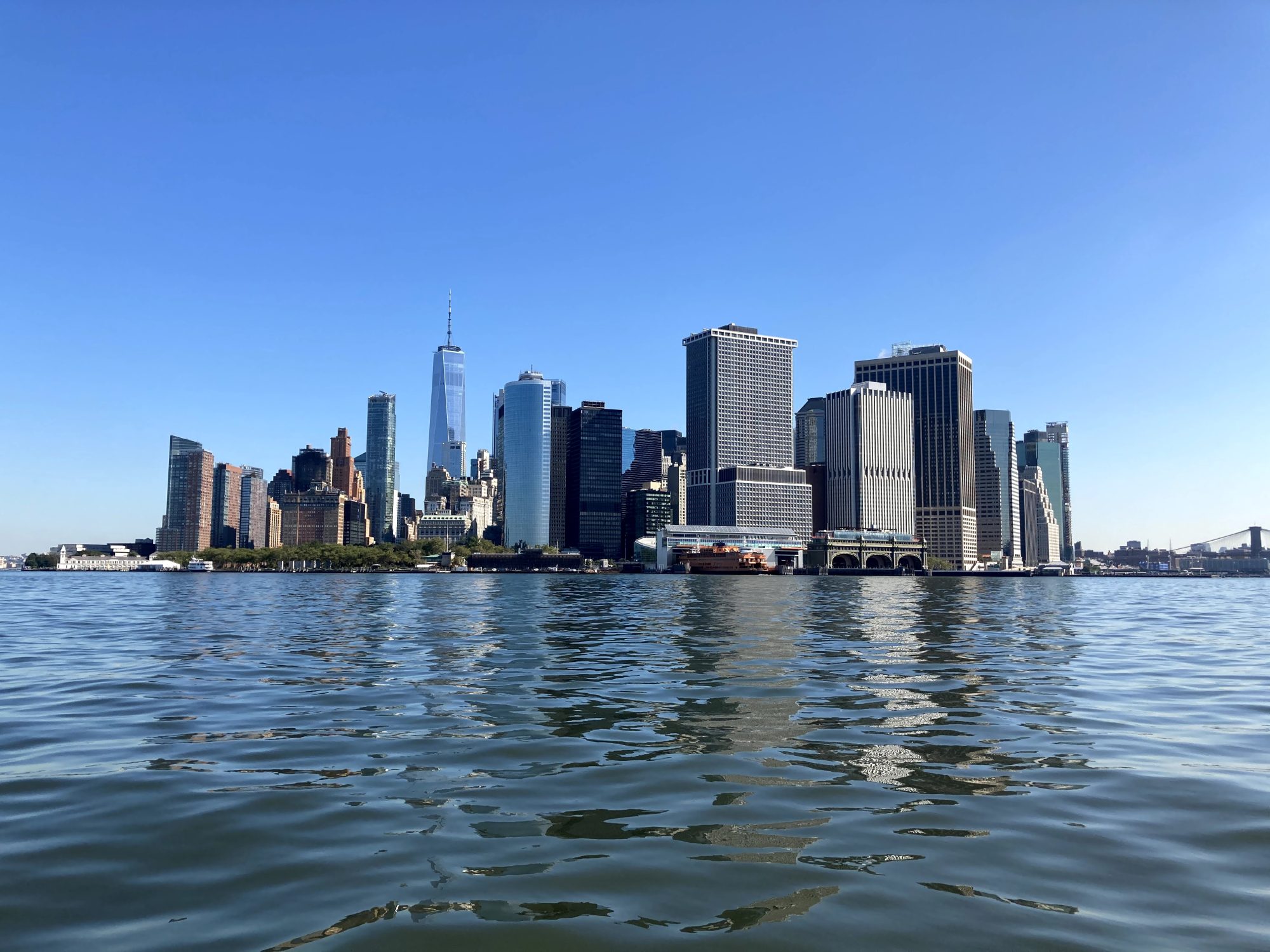New York
TRC Evaluated The Potential Points Of Interconnection On Long Island And In Lower New York For The Integration Of Up To 2,300 Mw Of Proposed Offshore Wind Developments.
Challenge
TRC staff led the assessment to identify port modifications along the Atlantic coast that would be needed to support offshore wind development and the associated environmental and socioeconomic implications. Our team defined the criteria necessary for ports to service the burgeoning offshore wind market and classified those with the greatest potential through close collaboration with BOEM, port managers, developers, industry suppliers, federal agencies and European experts. The study confirmed the complexity of offshore wind energy development projects and the need for a unified and regional approach to understand Atlantic coast port characteristics, identify demand and the associated market drivers, and encourage early coordination between various stakeholders.

Solution
Multiple marine survey investigations for HVAC and HVDC submarine electric transmission cable interconnections are planned. In partnerships with survey contractor Ocean Surveys, Inc., we completed marine surveys for multiple potential East Coast-based transmission line projects. Our scope includes designing the surveys to solicit bids from marine survey contractors, reviewing bids received, advising the Client on contractor selection, obtaining required state and federal permit authorization for survey work, serving as the onboard owner’s representative services and coordinating daily survey efforts.
The first phase of the marine surveys collected remote sensing data along approximately 1,100 trackline miles to map bottom contours, potential surface and shallow subsurface obstructions and potential obstructions in the survey corridors to identify feasible linear routing alternatives and provides preliminary assessments of existing riverbed/seabed environmental conditions along the planned routes to avoid or minimize potential impacts. The second phase involved collecting sediment and benthic samples from over 160 locations to characterize riverbed/seabed habitats and sediment quality. Acoustic monitoring for the presence of Atlantic Sturgeon was performed during sampling vessel operations. Collected sediment samples were analyzed by testing laboratories for a variety of physical and chemical parameters. Collected benthic samples were sorted and analyzed to document benthic habitats.
Results
The results of these surveys informed the Client’s decision making on project selection and route selection and also formed the basis for developing project designs. This information will also be used during major state and federal permitting processes and during submarine cable installation activities.


